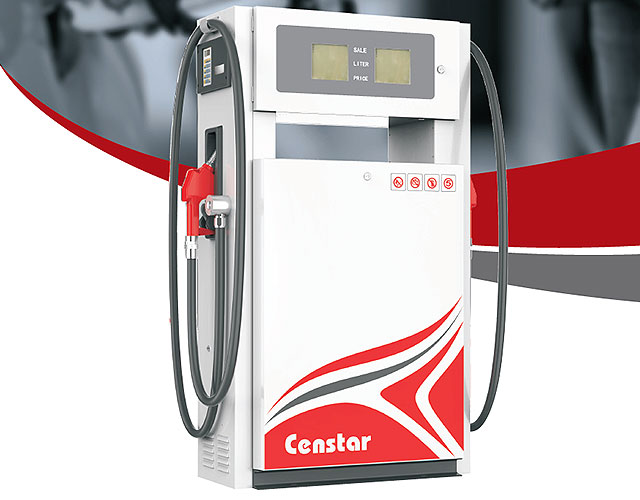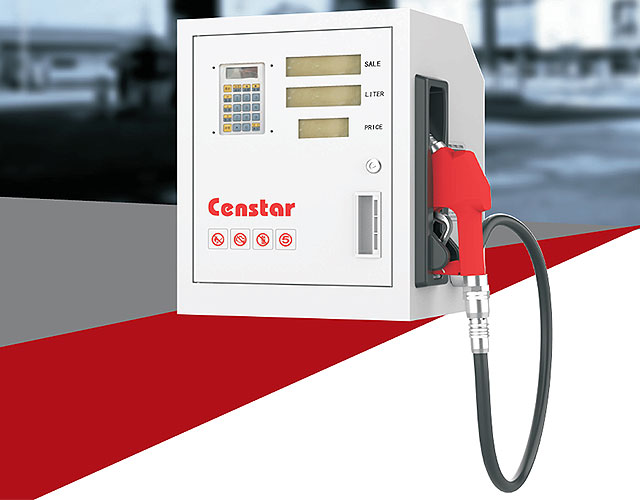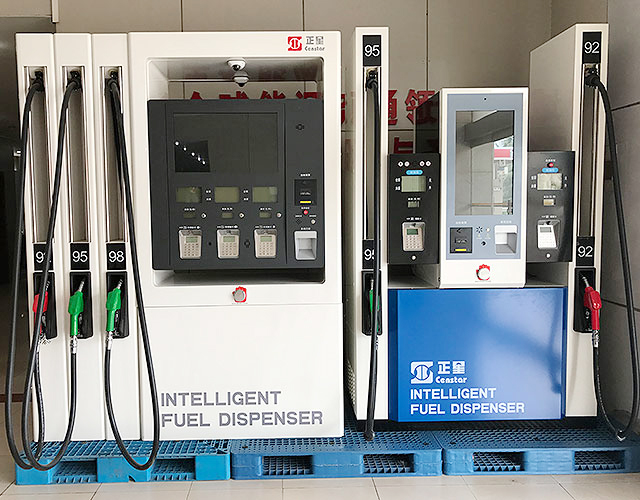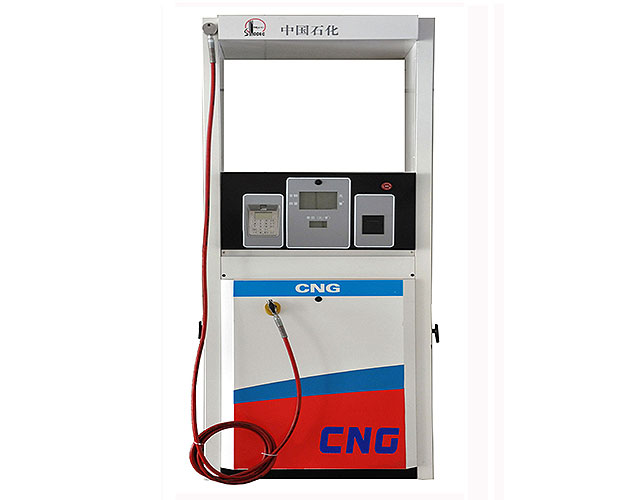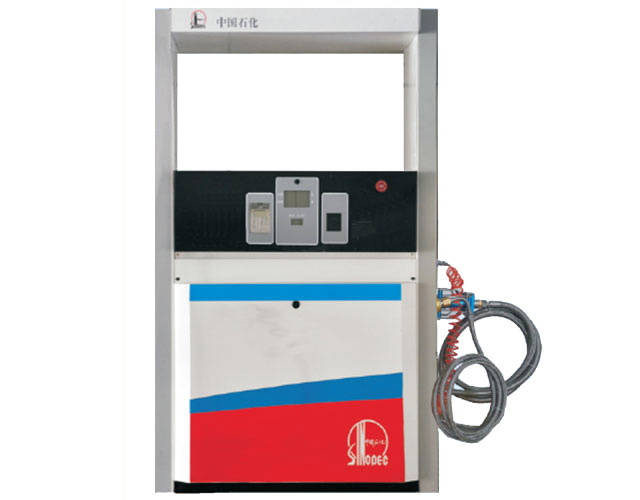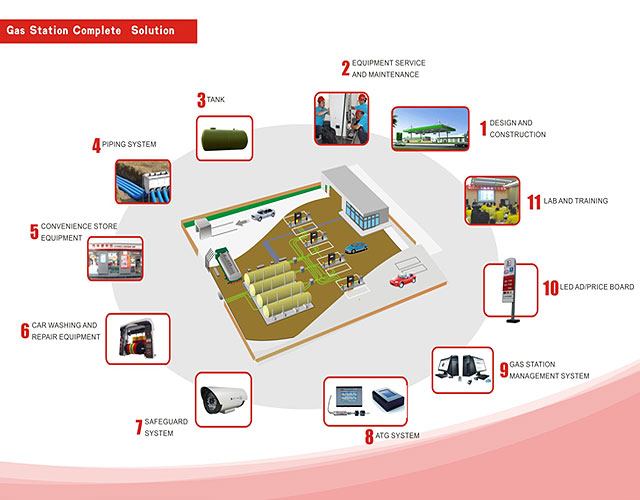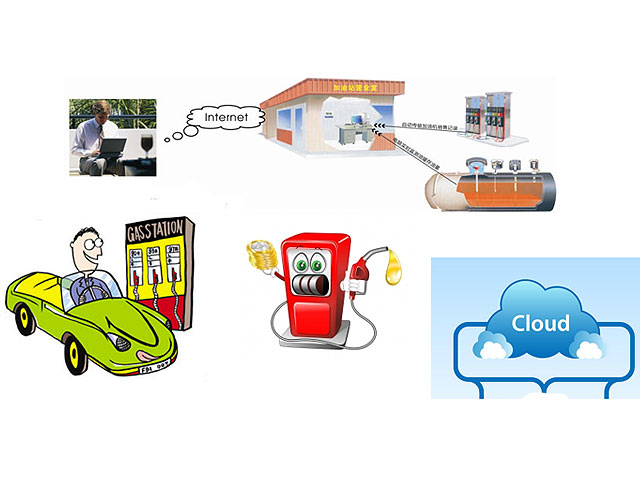distance between lp gas filling station and fire activity

CHAPTER 61 LIQUEFIED PETROLEUM GASES 2015 International
International Fire Code. a. Minimum distance for underground LP gas containers shall be measured from the pressure relief device and the filling or liquid level gauge vent connection at the container, except that all parts of an underground LP gas container shall be not less than 10 feet from a building or lot line of adjoining property that can be built upon.

GUIDELINES FOR CONSTRUCTION OF PETROL STATIONS
Stations should be located at a minimum of 100 m from any public institution such as schools, churches, public libraries, auditoriums, hospitals, public playgrounds, etc. However, other small and medium commercial activities may be located within the specified limits. Distance between one petrol station and another: 150 m

LIQUEFIED PETROLEUM GASES
separated from other installations by not less than 25 feet. Minimum distances between LP gas containers need not be applied. e. The following shall apply to above ground containers installed alongside buildings: 1. LP gas containers of less than a 125 gallon water capacity are allowed without a separation distance where in compliance with

Code of Practice for Liquefied Petroleum Gas Filling
4.4 Physical Dimensions of LPG Filling Station 4.5 Separation Distance from Surrounding Buildings 4.6 Separation Distance Between LPG and Petrol/Diesel Filling Facilities 4.7 Fire Service Requirements 11 11 11 11 12 12 12 13 SECTION 5 DESIGN 5.1 General 5.2 LPG Storage Tank 5.3 Concrete Chamber for LPG Storage Tank

LPG Tank Separation Distances Flogas
LPG Tank Separation Distances The following table lists the distances you need to keep between gas tanks and other features. Pick your tank configuration from the left hand column and read across for the distances that apply to you.

The Research about Fire Prevention of Vehicle Refuelling
The Research about Fire Prevention of Vehicle Refuelling Stations combustion or explosion can occur if there is fire source. 2.2 The fire risk of gas filling station 2.2.1 Fire risk of the gas fuel. non station house building or facility should not be arranged in the fuel refilling operations area of the refuelling stations, the fire

Storage and Handling of Gas Cylinders Guidelines
Cryogenic vapour could also be considered as a gas but is dealt with in a separate document. Refer to . Low Pressure Cylinders Low pressure cylinders come in a variety of sizes, see Figure 2. Fire or explosion from the release of flammable gases near ignition sources (e.g. acetylene

Fire & Explosion Risks in Service Stations
Graphic 2: Example of a plan view of a petrol station illustrating hazardous area zones EX rated equipment required in all identified zo nes. Each site must carry Fire & Explosion Risks in Service Stations out a site specific assessment. DIESEL PUMPS EXAMPLE OF HAZARDOUS ZONE DRAWING REQUIRED FOR A TYPICAL PETROL FILLING STATION DIESEL PETROL

Above Ground Petroleum Storage Tank Manual & NC Fire
Above Ground Petroleum Storage Tank Manual & NC Fire Codes Small K 1 secondary containment type tanks at service stations need only comply with NC Fire Code section 2206.2.3.1 NFPA 58 governs the installation of bulk LP Gas tanks. The distances given are based on the

Review For
a. Minimum distance for underground LP gas containers shall be measured from the pressure relief device and the filling or liquid level gauge vent connection at the container, except that all parts of an underground LP gas container shall be not less than 10 feet or more from a building or lot line of adjoining property which that can

Office of the Fire Commissioner: Summer Fire Safety Alberta
Summer Fire Safety . It is possible to enjoy a sizzling hot summer without getting burned! When the time comes to haul out the barbecue, camping equipment and lawn mower, give some thought to this advice from the Fire Commissioner's Office; it could keep you a lot safer this summer.

Propane Signage Booklet LP Gas Equipment
National Fire Protection Agency NFPA 58 Liquefied Petroleum Gas Code 2008 edition. National Fire Protection Agency NFPA 704 Standard System for the Identification of the Hazards of Cylinders of 100 lb. LP Gas capacity or less, not filled on site, must a filling connection that communicates with the vapor space may be marked "Spray Fill

PROPANE CHECKLIST Fire Marshal
11 Propane 1 PROPANE CHECKLIST LP Gas containers or systems of which they are a part shall be protected from damage from vehicles. stationary position, the distance between the point of transfer and the exposures shall be in accordance with 6.5.3. 08 58/ 6.5.3

Propane Tank Distance Rules and Requirements
The transfer of propane during the filling process results in residual liquid release between the tank fill valve and the hose end connection upon completion of transfer. When the hose is unhooked from the tank, liquid is released into the atmosphere. For this reason, the point of transfer is subject to distance requirements. Relief Valve Distances

Residential Propane Tanks Propane Tank Sizes GasTec
Residential Propane Tanks. 20 pound propane tanks. Common Uses: Home barbecues, mosquito catchers, patio heaters. Size and Capacity: This tank is approximately 1 and a half foot tall by 1 foot diameter and will hold a little less than 5 gallons of propane when full. Notes: These tanks are not filled on site. We offer an exchange service for these cylinders for commercial customers and restaurants.

CHAPTER 61 LIQUEFIED PETROLEUM GASES 2015 Virginia
Virginia Statewide Prevention Fire Code. a. Minimum distance for underground LP gas containers shall be measured from the pressure relief device and the filling or liquid level gauge vent connection at the container, except that all parts of an underground LP gas container shall be not less than 10 feet from a building or lot line of adjoining property that can be built upon.

Practical guidelines for determining electrical area
The main components and systems in a CTG power plant that are vulnerable to fire or explosion follow. Fuel gas systems. These include the gas receiving station, gas analyzer system, gas compressor

Propane : OSH Answers
Methods for Containment and Clean up: If possible, turn leaking container so that gas escapes rather than liquefied gas. Contact emergency services and manufacturer/supplier for advice. Other Information: Contact supplier, local fire and emergency services for help. Report spills to local health, safety and environmental authorities, as required.

Propane Bottle and LP Gas Cylinder Filling
Propane Cylinder Filling . Many people choose to have their propane cylinders filled at propane refueling stations rather than exchanging them at an available location. Cylinders that propane dealers most often fill are the 20 pound bottles commonly used for gas grills.

What is the required distance away from a building for a
Every city has specific codes and regulations regarding the distance between buildings and fuel tanks. For a 10,000 gallon tank, it should be kept at least 30 feet from all buildings.


